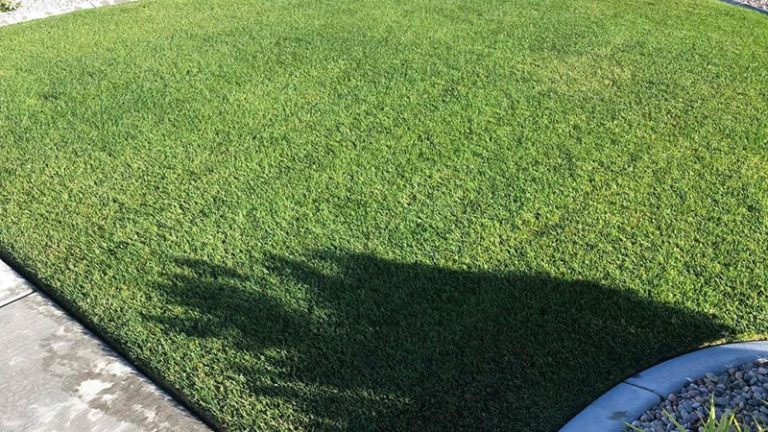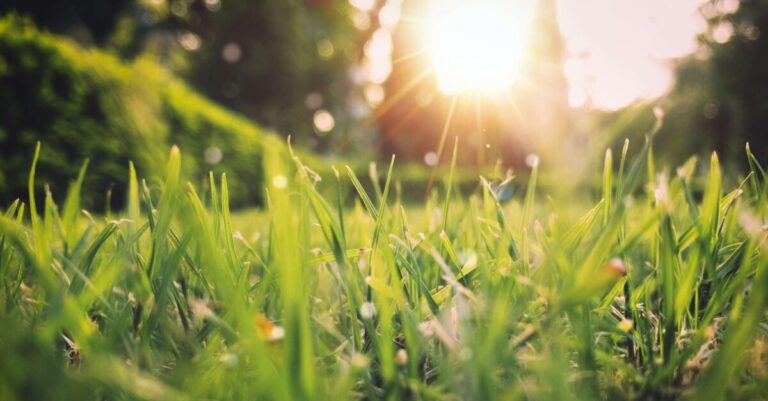Lawn Fertilization Quick Start Guide

As a homeowner in the Cedar City area, you know how important it is to maintain a beautiful, healthy lawn. And one crucial aspect of lawn care in the Cedar City and Enoch area is fertilization. Lawn fertilizer provides the nutrients your grass needs to grow strong and thrive.
The numbers on a fertilizer bag refer to the ratio of the three primary nutrients found in fertilizers: nitrogen (N), phosphorus (P), and potassium (K). These nutrients are essential for healthy grass growth and are typically represented by the letters N-P-K on the bag. The numbers indicate the percentage of each nutrient in the mix. For example, a fertilizer labeled as 10-10-10 contains equal amounts of nitrogen, phosphorus, and potassium. A fertilizer labeled as 15-30-15 contains 15% nitrogen, 30% phosphorus, and 15% potassium.
But with so many different types of fertilizers on the market, it can be confusing to know which one is right for your lawn. And, timing is everything when it comes to fertilization. Different types of fertilizer are designed for different seasons, so it's important to choose the right product for your grass and the time of year.
As a general rule, it's best to fertilize your lawn when it is actively growing and can benefit most from the added nutrients. In the spring, apply a fertilizer that is high in nitrogen to help your grass green up and recover from the winter. In the summer limit the amount of nitrogen put on the lawn to minimize chances of burning the lawn. In the fall, choose a fertilizer that is high in potassium to help your grass survive the winter and prepare for the spring.
After you decide when to fertilize, you'll need to determine whether to use liquid or pellet fertilizers. Both have their pros and cons, and the right choice for your lawn will depend on your specific needs and preferences.
Liquid fertilizers are applied using a hose-end sprayer. They are easy to apply and can be quickly absorbed by the grass, providing fast results. They are also more convenient to store and transport than pellet fertilizers. However, liquid fertilizers can be more prone to runoff and leaching, which can harm the environment, if not professionally applied.
Pellet fertilizers, on the other hand, are applied using a spreader. They are slower to release their nutrients and may take longer to show results. They can also be harder to apply evenly and may require more effort to spread.
Whether you go with a liquid or pellet fertilizer, always follow the instructions on the label and never apply more than the recommended amount. Over-fertilizing can actually harm your lawn and the environment.
To help the fertilizer reach the roots of the grass, it’s important to water after applying fertilizer. Water your lawn thoroughly after applying the fertilizer, making sure to soak the soil to a depth of at least 6 inches. Avoid overwatering, as this can wash away the fertilizer and cause it to be less effective.
If you're not sure which type of fertilizer to use or when to apply it, consider hiring a lawn care company near you that specializes in fertilization. They can help ensure you're using the right product at the right time, applied correctly, so you can enjoy a beautiful, healthy lawn for the whole growing season.
So if you want to have a lush, green lawn in Southern Utah, don't forget the importance of fertilization. Choose the right product for the season and follow proper application techniques to keep your grass healthy and strong.






